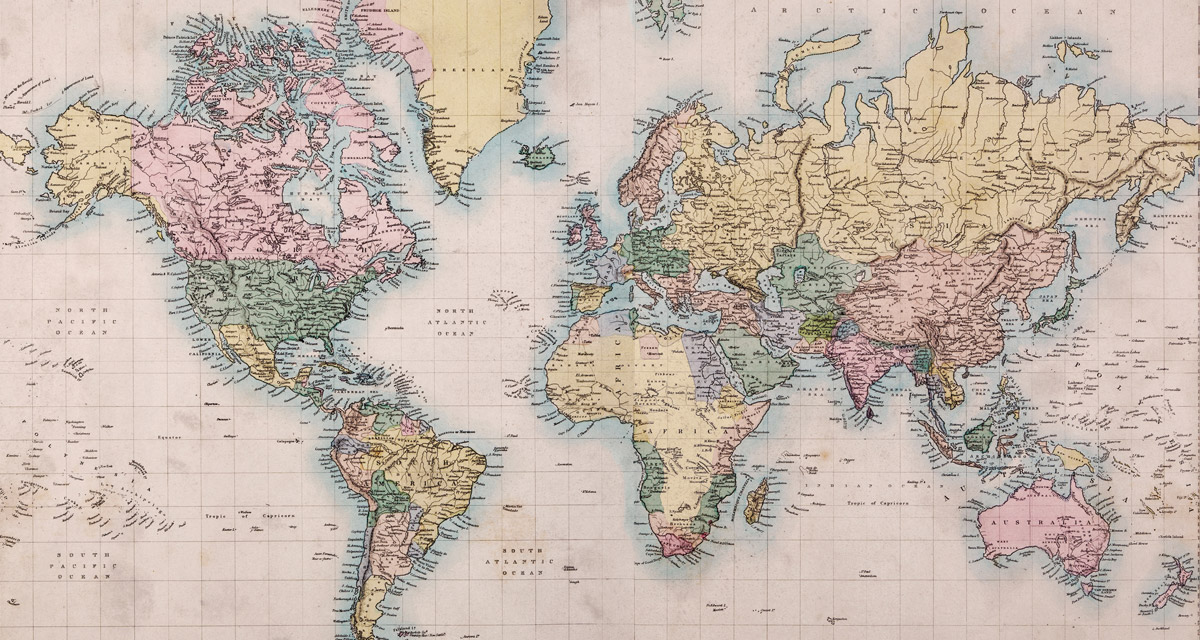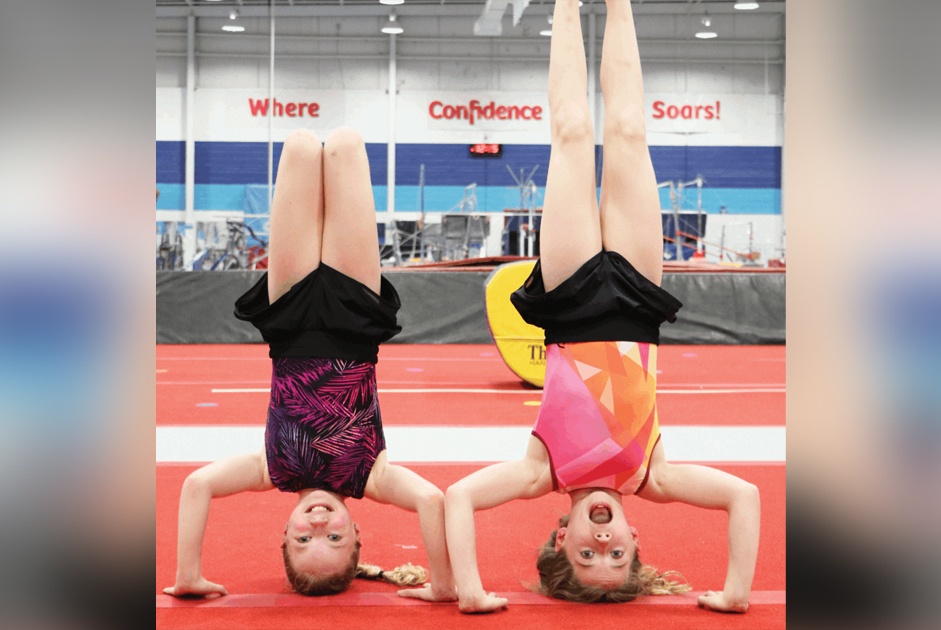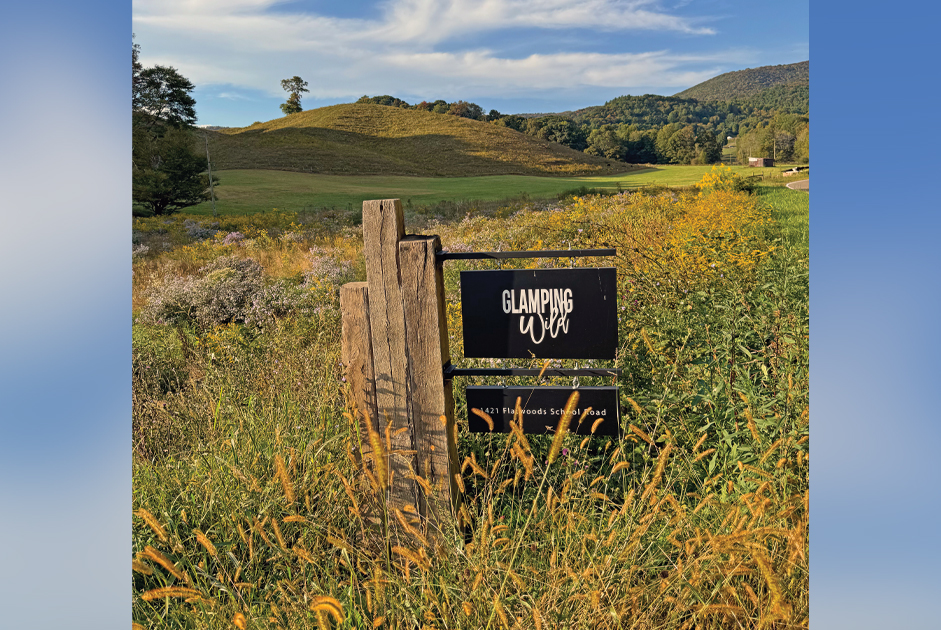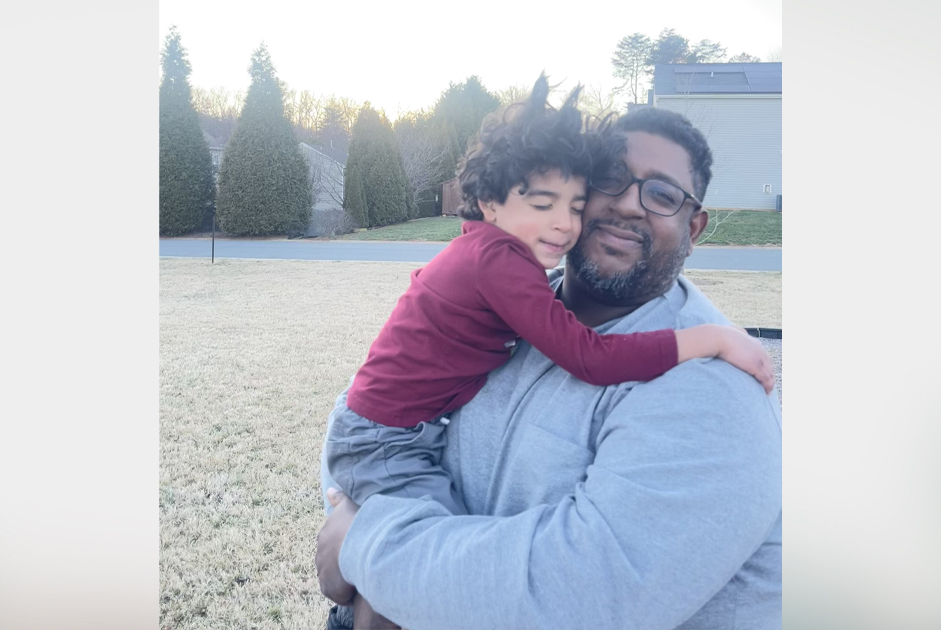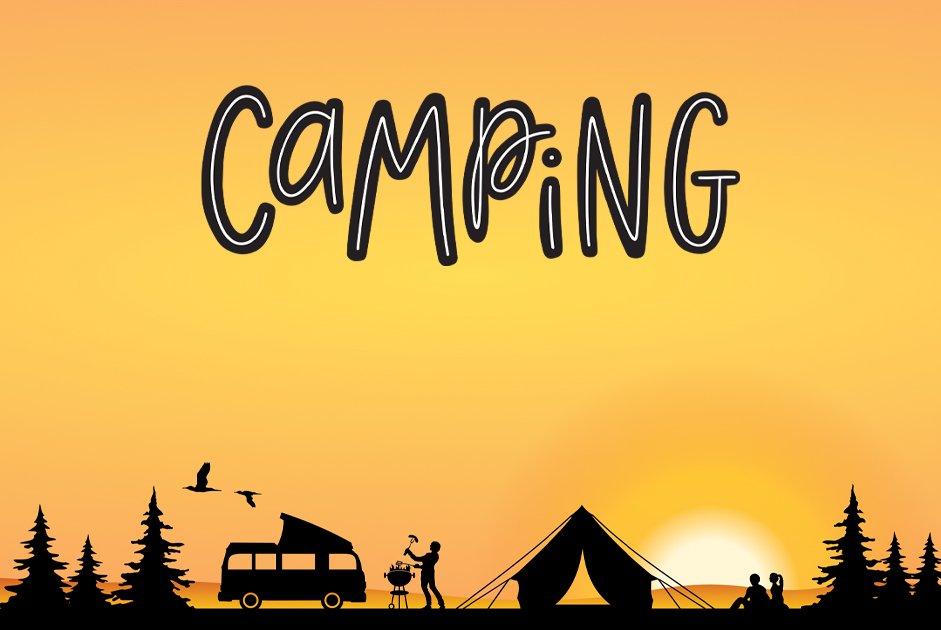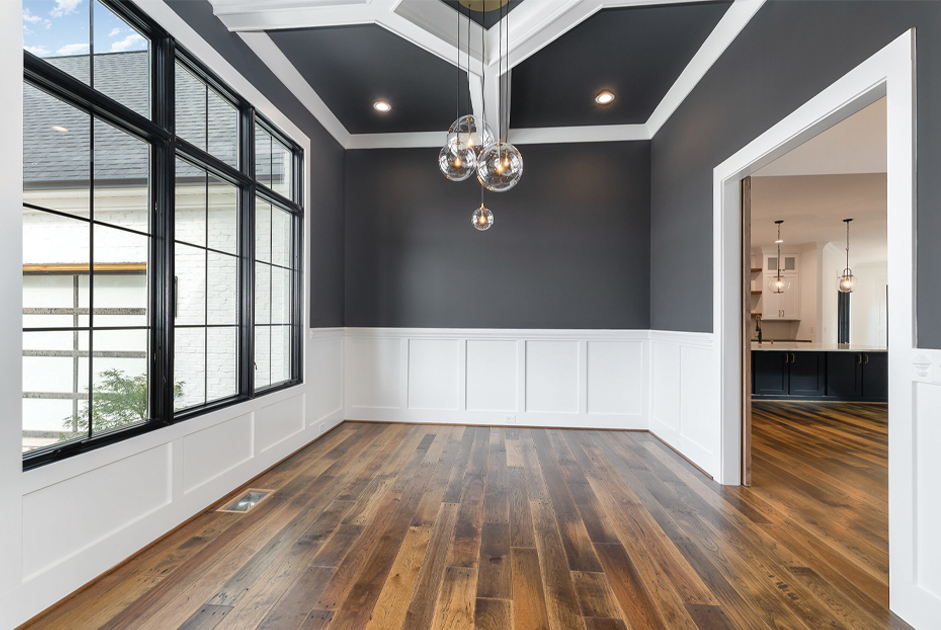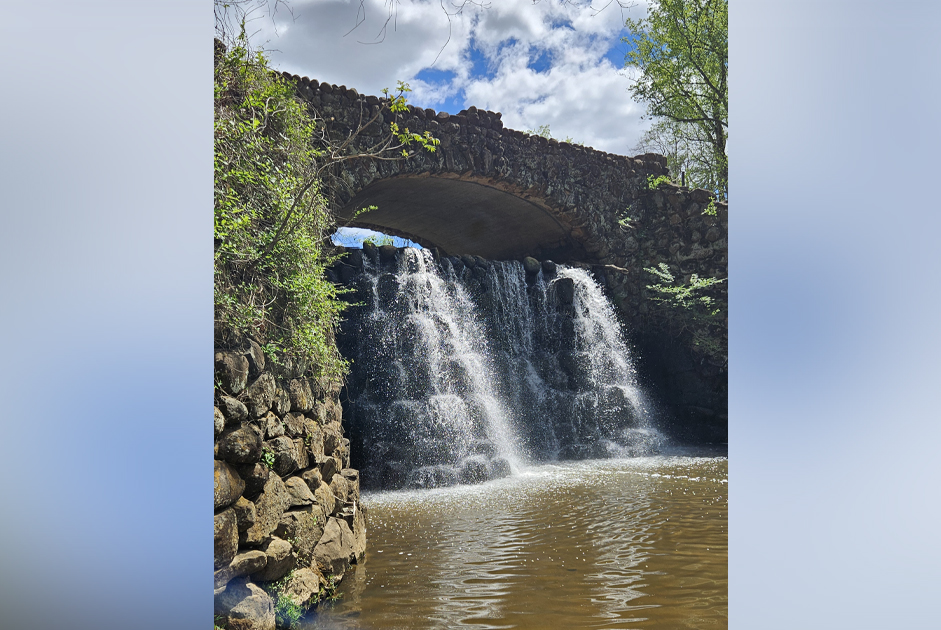Wouldn’t it be wonderful to drop your daily routine and go on a yearlong excursion around the world? In those experiences when we walk streets, see landmarks, and begin to connect with the topography, a worldly awareness begins to form. Learning about geography begins with the mere interest in a far-away destination, such as the Great Pyramids, the Great Wall of China, the Eiffel Tower, or the Empire State Building. It is one spark to light the way forward. In the comfort of the living room, families can begin with one question, “Where should we explore first?”
Pictures and Reading
Historical and realistic fiction are equally as important as the information found in non-fiction books. Fictitious stories are most effective in teaching a specific time in history, while the reader interjects specific cultural customs, practices of etiquette, and words or expressions in a foreign language. A librarian from your local public library can assist by recommending books, for instance, about the Great Pyramids. Lessons can expand to other locations such as Cairo, the capital of Egypt, and Alexandria and the Nile River through a study of Cleopatra.
Activity: Create a list of facts about each country or state, and its individual cities; perhaps in the form of a book. (Writing facts down, especially in color, will encourage remembering. Hand-drawn pictures will also be vital in this activity.)
Maps and Globes
A visual aid helps us to learn for understanding; therefore, designing a papier mâché globe can be one personalized tool to offer perspective. (This project takes patience, time, and can be messy; however, a child will learn about scale, landmark features, and location and placement of the continents with it. Thus the result is well worth the effort.)
Procedure: To make the papier mâché, first, run a thin film of Vaseline over a balloon. This separates the balloon from the newspaper and prevents sticking. Choose any recipe for the papier mâché. Four layers of newspaper will create a sturdy sphere; then, paint with white acrylic gesso. Trace paper cutouts onto the globe to help with size and shape of the continents. Lastly, paint.
Activity: A map of the world on a wall in your child’s playroom or bedroom can include pictures of landmarks linked with string. (This replica of the world on poster board can also perhaps aid children in seeing a complete representation of our world.)
Activity: Take one aspect of the world, Egypt, for example, and create a map, including naming its bordering countries, cities and capital, landmarks, rivers, and oceans. Teaching geography from an outward-in perspective helps children identify and remember locations much easier.
Activity: A salt-dough map can assist in defining mountain ranges and various levels of elevation, rivers and lakes. After it has been painted, young children will enjoy an activity which requires fine details and a three-dimensional product.
Have Compass Will Travel
In helping children learn about ordinal directions, a compass is one tool required. For your state, children can create their own compass using needles, corks, cups of water, and magnets.
Activity: In lieu of using a GPS, create a map using ordinal directions, road names and landmarks to arrive to a destination such as a grocery store or school. With the assistance of a compass, test the directions.
Games and Puzzles
From hand-drawn pictures of landmarks or names of capitals or rivers, a game can be easily created using a map or bingo card. There are many wonderful board games available to help children learn about the United States and the specific places in the world. Some of these are:
- “Scrambled States”;
- “Ticket to Ride Europe” (and India, the USA, the Nordic and Asian countries, and the United Kingdom edition), age, 8+;
- “10 Days in Africa” (editions available for 10 Days in the USA, Asia, and Europe.) 8+;
- “Name That Country,” by Geo Safari, 6+.
The puzzle of geography is not just about facts and titles. Great strides are made when a curious child wonders how different civilizations or people influence each other, whether positively or negatively. The door to history and current events opens. The question is, how wide? Why not begin today by asking one simple question, “What is your favorite landmark?”

